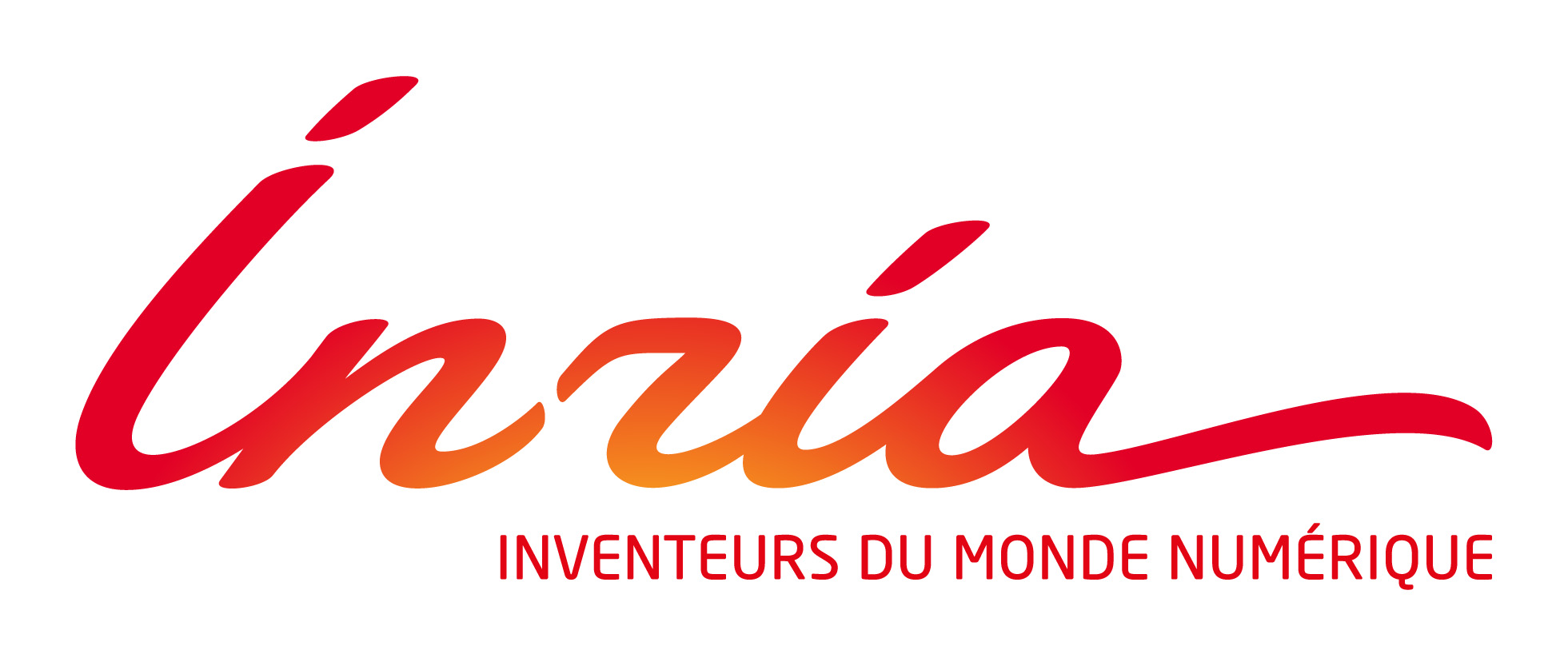Abstract : In this talk I will present an overview of the work done in the CLARITY centre on using sensors in various sports applications. The presentation will include our use of off-the-shelf sensors which are freely available and used to measure aspects of the individual sportsperson – aspects like heart rate, respiration, galvanic skin response.
I will also include a description of the novel sensors we have developed within CLARITY for measuring things like the composition of human perspiration (pH, sodium content, etc.) and the new sensing technologies we have for measuring respiration, movement and others. Finally, I will describe the work we are doing which is using sensors for measuring aspects of team sports, covering things like the locations of the players, the ball, an analysis of tactics or various « plays » in the game. To illustrate this I will present examples of work we do in CLARITY including solo sports like golf, archery or ultra-distance cycling, sports for pairs of players like tennis and boxing, and sports for teams of players like field hockey. These show the variety of the work in using sensors in sports in that some are contact and others non-contact, some are team and others individual, some are field and others indoor.

